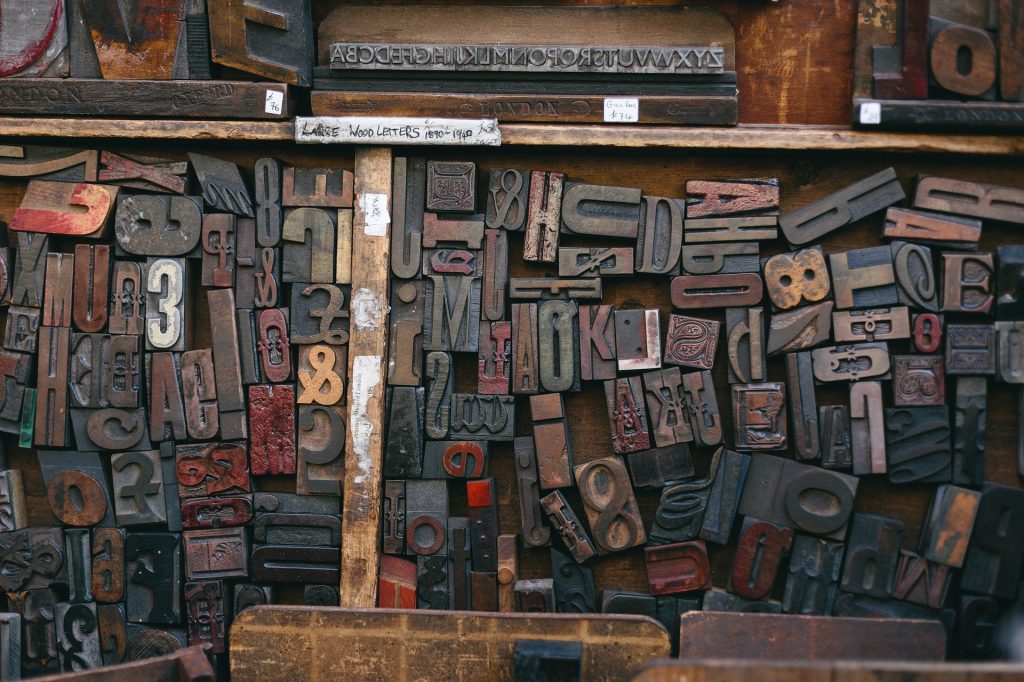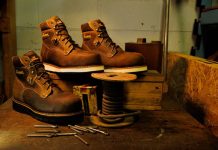If you’ve ever shopped online for work boots or other shoes, you’ve probably come across unfamiliar vocabulary. What exactly is a Goodyear welt, & what does it have to do with your feet? What’s a fiberglass shank do, anyway? To help take out some of the guesswork for you, we’ve defined 20 commonly used footwear terms below.
Alloy Safety Toe: Comparable to a protective steel toe when it comes to safety, but it’s lighter & gives your toes slightly more wiggle room.
Anti-Fatigue Technology: Helps to absorb shock & return energy to your feet to keep them comfortable throughout the entire day.
ANSI: The American National Standards Institute (ANSI) oversees the creation & use of thousands of norms & guidelines that directly impact businesses in nearly every sector – including footwear & protective workwear.
Bar Tacks: Short thread reinforcements for stress points.
Bellows Tongue: A broad folding tongue stitched to the shoe quarter on either side; it’s used to prevent water & snow from penetrating to your feet at the front opening of shoes.
Cement Construction: In this construction, the upper is cemented to the combined midsole/outsole unit; this process helps cut weight while providing a narrower profile for your boots.
Composite Toe: This type of toe protects your feet when non-metallic footwear is required. [Composite toe footwear must be replaced after being involved in any footwear-related accidents.]
Direct Attach Construction: In this construction, the outsole is bonded directly to the fibers of the upper to add flexibility plus durability.
DuraShocks: Technology that absorbs shock with every step you take; it’s a complete energy return system from Wolverine; the outsole pads & sidewalls compress to absorb shock.
Expanded Rubber: A material that offers a high degree of compressibility & recovers quickly upon release from compression because air can pass freely between its cells.
Fiberglass Shank: The shank is a part of the supportive structure between the insole & outsole; a shank made of fiberglass is best for someone who wears their work boots for hours of the day; gives the arch extra support.
Goodyear/Leather Welt: In this construction, a welt (ribbon of leather or rubber) is stitched to the boot upper, insole, & lining in one operation; then, the outsole is stitched to the bottom of the welt; Goodyear Welt work boots are extremely tough – they provide excellent traction & superior lateral stability.
Gore-Tex: A state-of-the-art fabric liner that offers the highest performance in durable, waterproof, breathable footwear technology; Gore-Tex® has over 9 billion pores per square inch that prevent water from getting to your feet while allowing sweat vapor to pass through keeping your feet dry & comfortable all day.
Lug: A hard rubber cleat with a sharp outside edge for digging or wedging into hard surfaces such as rocks, dry dirt, or clay.
Nubuck: An effect that’s done to the grain side of leather making it soft, the brushing also makes the leather even more absorbent than other leather; it’s often mistaken for suede, but it’s stronger.
OrthoLite: An open cell polyurethane base foam; the unique open cell structure of OrthoLite enables air to travel through & around the insole, creating a cooler environment inside the shoe & aiding in moisture transport; it includes a patented biocide to fight fungus & bacteria; it can be washed without losing its biocidal properties.
Tread Pattern: Either aggressive or smooth/minimal; helps create traction & stability.
Vibram® Static Dissipative Outsole: Made to protect you from static build up around you; if a person works in a heavy static environment, wearing work shoes or boots that have this outsole will keep them protected.
Now that you’re equipped with all of the right vocabulary, head over to WorkingPerson.com to find the footwear that’s best for you. We carry a wide selection of popular brands like Wolverine, Timberland PRO, & more.

Image by Free-Photos from Pixabay




